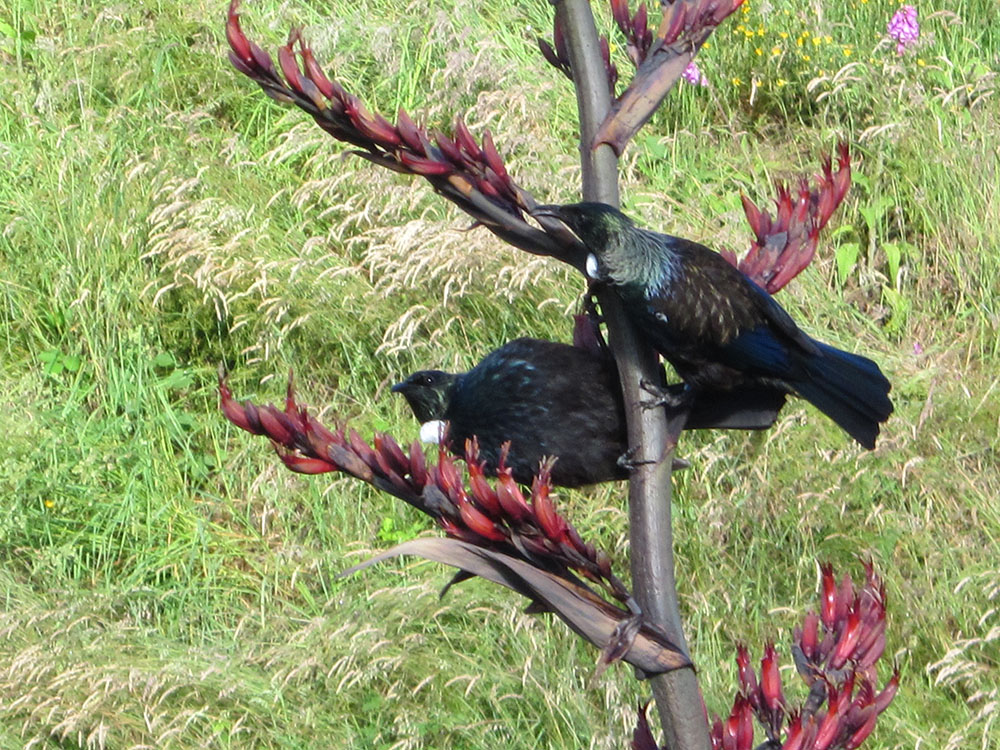

Sustainability
Sustainability
We consider ourselves to be kaitiaki or guardians of the resources. The value of kaitiakitanga is that it recognises that we are responsible for the health and vitality of our land, waters and resources. Not only now, but also into the future. We manage what we consider to be our ancestral treasures in a sustainable way that creates opportunities for growth and prosperity
Environmental Credentials
Beverages
We have a strong spiritual connection to our land and are committed to passing it on to future generations in pristine condition.
Sustainable winegrowing and winemaking methods are integral to our values. We strive to work in ways that are gentle on the environment without compromising quality and integrity, and we adhere to the strictest of standards.
Sustainable Winegrowing New Zealand (SWNZ)
All of our company vineyards and winery sites are accredited by Sustainable Winegrowing New Zealand. (SWNZ) is managed by New Zealand Winegrowers, the national wine industry body. The programme was developed to provide a best-practice model for environmental sustainability in the industry. Displaying the SWNZ logo guarantees that environmentally sustainable practices have been used from the vineyard to the bottle.
Horticulture
We combine our principles of Kaitiakitanga with world-leading growing programmes that exceed international standards for safe production.
This includes the NZ Pipfruit Integrated Fruit Production (NZP-IFP), which ensures production methods are sustainable and safe as possible for the environment and human health.
Initiatives in Action
Flight Corridors – Encouraging Wildlife and Beneficial Flora
Our land and natural resources are taonga and we protect and nurture them. Since 2009 Kono’s horticulture operation has focused on increasing the presence of native plant landscapes thereby increasing the area of habitat suitable for native wildlife.
A particular focus has been to enhance habitat corridors and flight paths in the region for native birds such as tūī, tauhou (wax-eye), and the blue heron. These paths are their link between the mountains and sea – providing a native shelter to rest and move on – a leap frog effect.
Added benefits of creating the corridor have been replacing deciduous species (which have been known to carry diseases) with native hosts.

